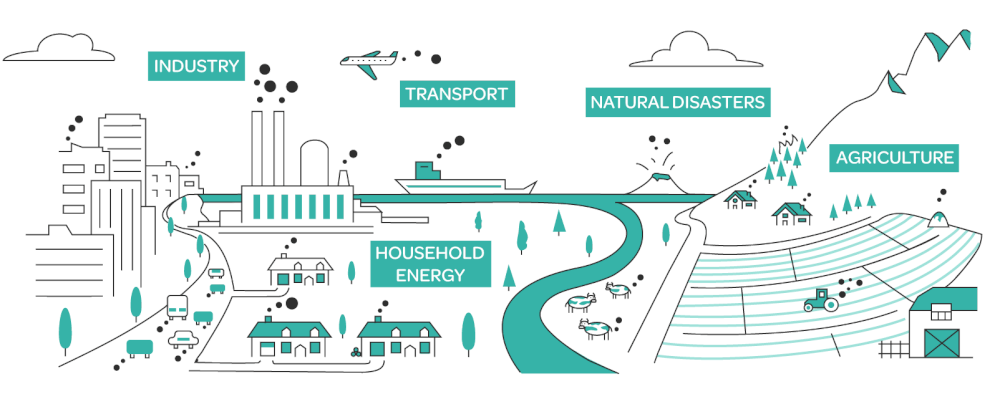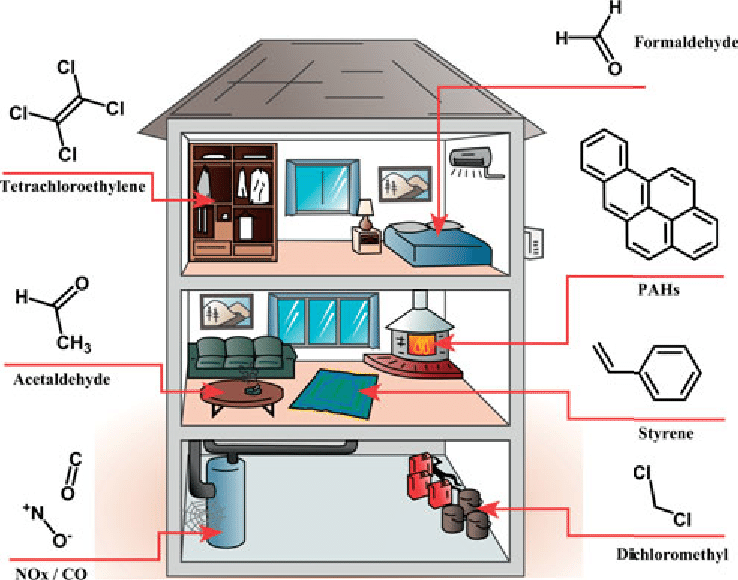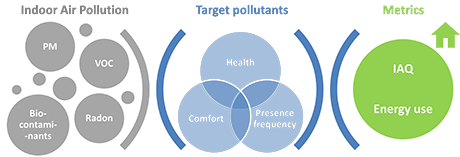Atmospheric Pollution Control AM216021 Current Open for UCT
Topic outline
-
General information
 This course provides fundamental knowledge in the nature of atmospheric pollution, relative types, correlated effects, control principles and applications.
This course provides fundamental knowledge in the nature of atmospheric pollution, relative types, correlated effects, control principles and applications.
The interactive video conferencing-based tools are available in Microsoft Teams and Zoom Video Communications (screen share interactive face-to-face learning).


-
Extra information associated with a particular point in a document or other piece of information
-
Contact, profile, and consultancy tools with the professor
-
General principles, pedagogy and management strategies used for classroom instruction
-
Types and grades of qualification suggested to follow the course
-
Resources used in teaching and learning to help achieve desired studying objectives
-
The amount of working time expected or assigned students
-
General endpoints of knowledge and understanding after the study
-
Function indicates that the study should completed with substantially quality and credit
-
Assessment by lecturer of all aspects of the learning experience
-
Recommended textbooks, reference books, workbooks and handbooks
-

An informal gathering where current students can learn all about
(designed openly for enrolled participants)
-
-
-
Lecture 12: Indoor air pollution, syndrome, health effects and control Lesson

Key issues:
Significant impact on human health risk
Contains many of the same pollutants as outdoor air, also contains VOCs, allergens, fungi, bacteria and viruses
Pollution concentrations usually differ in mixing ratios:- O3 and SO2 are usually less
- Formaldehydes are usually greater
- CO, NOx are generally the same or less
- Radon, asbestos and ETS, when present, are usually greater
Regulated only in the workplace and in public buildings. Residential air is not properly regulated.
-
Module 12. Indoor air pollution and control File PDF
(Supporting handouts for Lecture 12, printable pdf format, A4 size, landscape layout)
4.6 MB -
Shared media: potential indoor air quality issues Page

Illustrative video clips:
+ Five concerned levels of indoor air pollutants
+ Cabin-air circulation in the aircraft inlet/outlet
+ Indoor air exchange/ventilation mechanism
+ Turbulence, flows, plumes around the human body -
Relevant link / literature URL
EPA - Indoor pollutants and sources

-
Individual presentation 12 Workshop

Title 12: Indoor air, odour and noise pollution, effects and control
-
Practical exercise series / Topics 25, 26 and 27 Assignment

Topic 25. Indoor gaseous pollutant, 5pts
(a. 1 pt / b. 1 pt / c. 1 pt / d. 1 pt / e. 1 pt)
Topic 26. Indoor aerosol particle concentration, 3pts
(a. 1 pt / b. 1 pt / c. 1 pt)
Topic 27. Environmental Tobacco Smoke, 4pts
(a. 2 pts / b. 1 pt / c. 1 pt)
-
